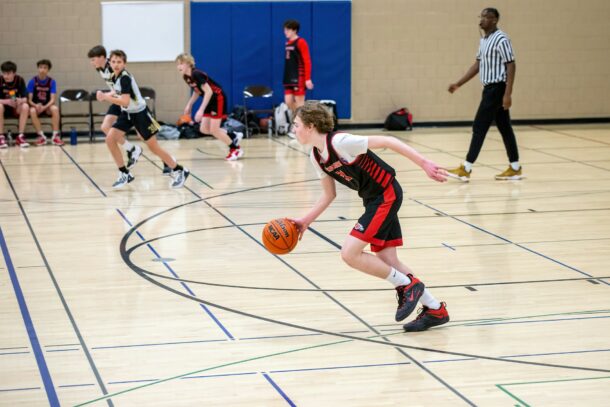Welcome to our guide on planning a successful youth basketball season. Whether you’re a seasoned coach or just starting out, having a clear plan in place is crucial for a successful season. In this article, we will break down the three key steps to help you prepare for a productive and enjoyable youth basketball season for your young athletes.
Step 1: Setting Your Vision for the Youth Basketball Season
The first step in planning a youth basketball season is to define your coaching philosophy and vision. This sets the foundation for everything that follows. Here are some key points to consider:
- Coaching Philosophy: Determine what kind of coach you want to be. Are you more inclined toward offense or defense? Do you prefer a fast-paced game or a more controlled one? Write down your coaching beliefs.
- Goals and Objectives: What do you want your players to achieve during the season? Your goals may vary depending on the age and skill level of your team. It could be about skill development, teamwork, or even winning games. Be specific about your objectives.
- Communication: Clearly communicate your vision to the parents of your players. When they understand your goals and approach, they are more likely to support your decisions and methods throughout the season.
By setting a clear vision, you provide a roadmap for the entire season, which will guide your coaching decisions, practice plans, and game strategies.
Step 2: Tryouts and Player Selection
The second step is conducting tryouts or player evaluations. How you select your team will greatly influence the success of your season. Here are some considerations:
- Align with Your Vision: Ensure that your player selections align with your coaching philosophy and team goals. Look for players who fit your system and values.
- Balanced Team: Assemble a well-balanced team that includes players with various skills. Prioritize fundamental skills like ball-handling, shooting, and defense.
- Parent Behavior: Unfortunately, sometimes you may need to consider the attitudes and behavior of parents when selecting players. A great athlete with a disruptive parent can create problems for your team.
Remember that tryouts are not just about talent but also about finding players who can work together and contribute positively to the team.
Step 3: Developing Systems
The third key step involves developing the systems for your team. This includes offensive and defensive strategies. Consider the following:
- Simplicity: Keep your systems simple, especially for younger players. Focus on teaching basic concepts that they can grasp and execute effectively.
- Adaptability: Be prepared to adapt your systems based on the abilities of your players. Your initial plan may need adjustments once you see how your team performs in practice and games.
- First Practice Analysis: Use your first practice as a deep dive into understanding your team’s strengths and weaknesses. This will help you tailor your systems to the specific needs of your players.
Having well-defined systems in place will give your team direction and a sense of purpose on the court.
Conclusion
Planning a successful youth basketball season requires careful consideration of your coaching philosophy, player selection, and the development of effective systems. By following these three key steps, you can set your team on the path to growth, development, and a memorable season. Remember that flexibility and adaptability are essential as the season progresses, but having a strong foundation from the start will help ensure a successful and enjoyable experience for both you and your young athletes.
Related: Youth Basketball Coaches Clinic All New for 2023!
Resources:
Coach Unplugged Podcast:
If you found this useful, don’t forget to check out additional blog posts at TeachHoops.com. Also, check out TeachHoops on Facebook, Twitter, Instagram and YouTube.








